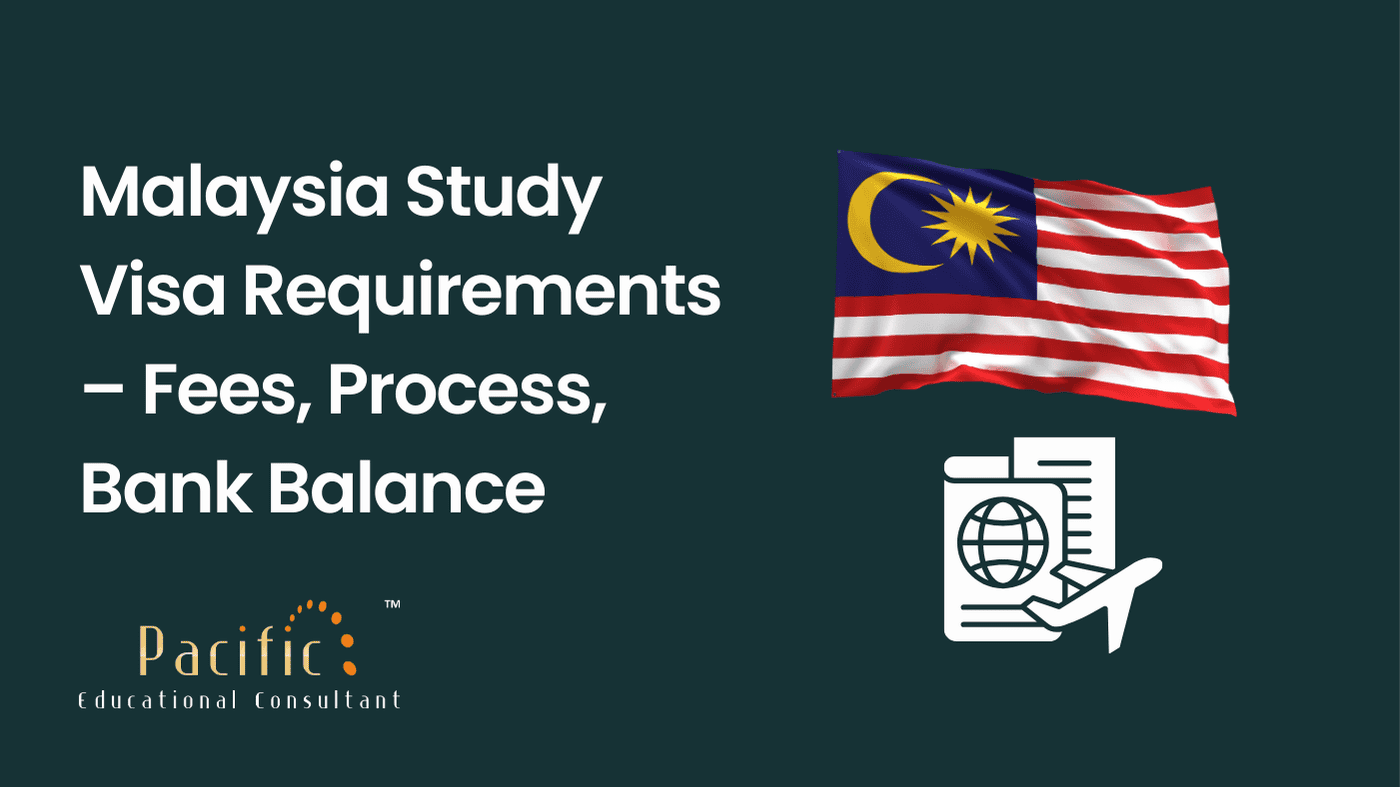Starting October 1, 2024, international students planning to study in New Zealand will face significantly higher visa fees. The government has announced a sweeping adjustment across nearly all visa categories, including doubling post-study work visa fees. This change is part of a larger initiative aimed at realigning immigration costs, ensuring the system is more sustainable and taxpayer-independent.
Overview of New Zealand’s Student Visa Fee Increases
The revised fee structure, announced on August 9, 2024, will bring notable changes for students and workers:
- Student Visa Fees: Applicants from non-Pacific countries will now pay NZD$750, a considerable hike.
- Post-Study Work Visa Fees: This fee will increase from NZD$700 to NZD$1,670, more than doubling its current amount.
These adjustments are part of New Zealand’s broader initiative to generate NZD$563 million over four years to fund its immigration system and related services.
Reasons Behind the Fee Hike
The New Zealand government has justified the increased visa fees as necessary for sustainability and efficiency. According to Immigration Minister Erica Stanford:
- Cost Recovery: Previously, taxpayers heavily subsidized immigration services. The new fees aim to ensure that the system is funded by its users.
- System Upkeep: The higher fees will cover the growing costs of processing high-risk visa applications, combating migrant exploitation, and managing asylum claims.
- Improved Services: Upgrades to Immigration New Zealand’s ICT systems and operational efficiency are also key targets.
Stanford emphasized that while the fee hike is significant, New Zealand remains competitive compared to countries like Australia and the UK.
Impact on International Students
Financial Strain on Students from Weaker Economies
While the government asserts that the fees remain globally competitive, the increases could disproportionately affect students from countries with weaker currencies. For many, the higher upfront costs of studying in New Zealand could pose a barrier.
Opportunities Despite the Costs
Despite the fee hike, New Zealand continues to offer attractive benefits:
- High-quality education institutions.
- Pathways to work and residency after graduation.
- A safe and welcoming environment for international students.
Fee Hikes in Context: A Regional Comparison
New Zealand is not alone in increasing visa fees. Australia also doubled its student visa fees in July 2024. Both countries are recalibrating their immigration systems, with fee adjustments designed to address fiscal recovery post-pandemic.
While the fee increases may seem steep, New Zealand’s offerings—including a high standard of living, robust support for students, and opportunities for permanent residency—help retain its appeal.
Subsidized Fees for Pacific Nations
Notably, visa applicants from Pacific countries will continue to benefit from subsidized fees. This policy reflects New Zealand’s commitment to maintaining strong regional ties and supporting Pacific nations.
Stakeholder Concerns and Government Response
Some education stakeholders worry that the fee hikes may deter international students, especially those from middle- and low-income countries. However, Minister Stanford has reassured that the new fees are designed to balance cost recovery and global competitiveness.
The government is also working to:
- Promote New Zealand as a leading study destination.
- Enhance the student experience through improved services.
What This Means for Future Applicants
Key Changes to Keep in Mind
- Plan for Higher Costs: Future applicants should consider new visa fees when budgeting for their education.
- Explore Scholarships and Grants: International students are encouraged to seek financial aid opportunities to offset costs.
- Apply Early: With increased fees potentially leading to a surge in applications before October 1, early submission is advisable.
Long-Term Implications for New Zealand’s Immigration System
The fee hikes shift how New Zealand funds its immigration services. By aligning costs with users rather than taxpayers, the government aims to create a more self-sustaining system. This approach could pave the way for more efficient visa processing and robust support for international applicants.
FAQs
Why is New Zealand increasing student visa fees?
How much will international students pay for a visa after October 1?
Non-Pacific international students will pay NZD$750 for a student visa, while post-study work visa fees will rise to NZD$1,670.
Do Pacific countries face the same fee increases?
No, applicants from Pacific countries will continue to benefit from subsidized visa fees.
How does New Zealand’s visa fee hike compare to other countries?
New Zealand’s fees remain competitive compared to similar hikes in Australia and the UK.
Will the fee hike deter international students?
While some students may be discouraged, New Zealand’s high-quality education, safe environment, and work opportunities continue to make it an attractive destination.
What can students do to manage the higher costs?
Students should plan ahead, apply early, and explore scholarships or financial aid opportunities to mitigate the impact of the fee increase.
What are the costs involved in obtaining a student visa for New Zealand?
The costs for a student visa for New Zealand include the following:
- Visa Application Fee: Approximately NZD 530 (this may vary depending on your location and application method).
- Immigration Health Surcharge (if applicable): Costs may vary depending on the length of your stay.
- Funds Requirement: You must show proof of sufficient funds to cover your living expenses during your studies, which is NZD 20,000 per year (or NZD 1,667 per month for shorter courses).
- Medical Examination Fee: This depends on the approved panel physician’s charges in your country.
- Insurance: Health and travel insurance is mandatory, costing approximately NZD 500–700 per year.
- Tuition Fees: These vary by institution and program but typically range from NZD 20,000 to NZD 40,000 per year for undergraduate programs.
Ensure all funds are accessible and meet the visa requirements for a smooth application process.
Conclusion
New Zealand’s decision to hike student visa fees reflects a broader shift toward a user-funded immigration system. While these changes may challenge some students financially, the country remains a top destination for education and professional growth. By preparing early and exploring financial aid options, prospective students can still seize the opportunities New Zealand has to offer.
Suggestions for Links
Internal Links:
- “Top Scholarships for International Students in New Zealand”
- “How to Navigate Post-Study Work Opportunities in New Zealand”
Outbound Links:

 Canada
Canada
 United States
United States
 United Kingdom
United Kingdom
 Australia
Australia
 Germany
Germany
 France
France
 Netherlands
Netherlands
 New Zealand
New Zealand
 PTE
PTE
 IELTS General Training
IELTS General Training
 TOEFL iBT
TOEFL iBT
 Duolingo English Test
Duolingo English Test
 SAT
SAT
 GRE
GRE
 GMAT
GMAT
 SPOKEN ENGLISH
SPOKEN ENGLISH
 SOP Writing
SOP Writing
 Air Tickets
Air Tickets
 Accommodation
Accommodation
 SIM Cards
SIM Cards
 Visa Assistance
Visa Assistance












